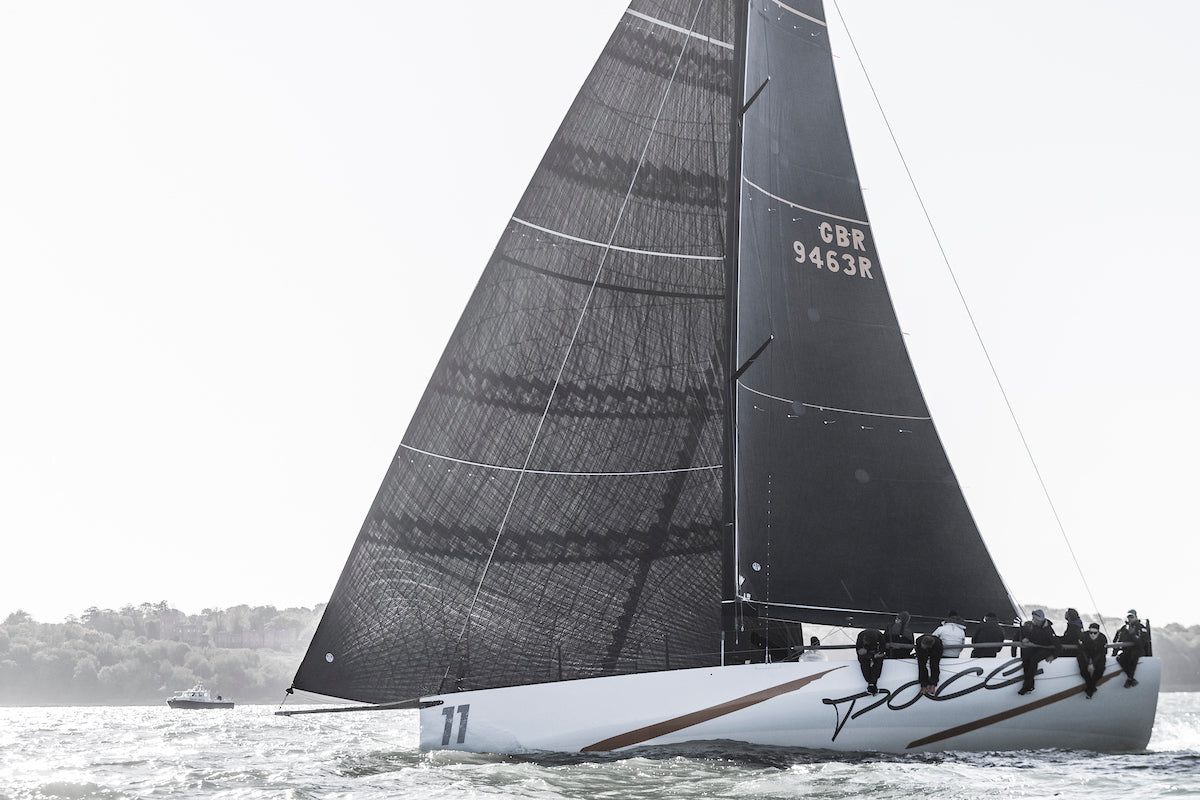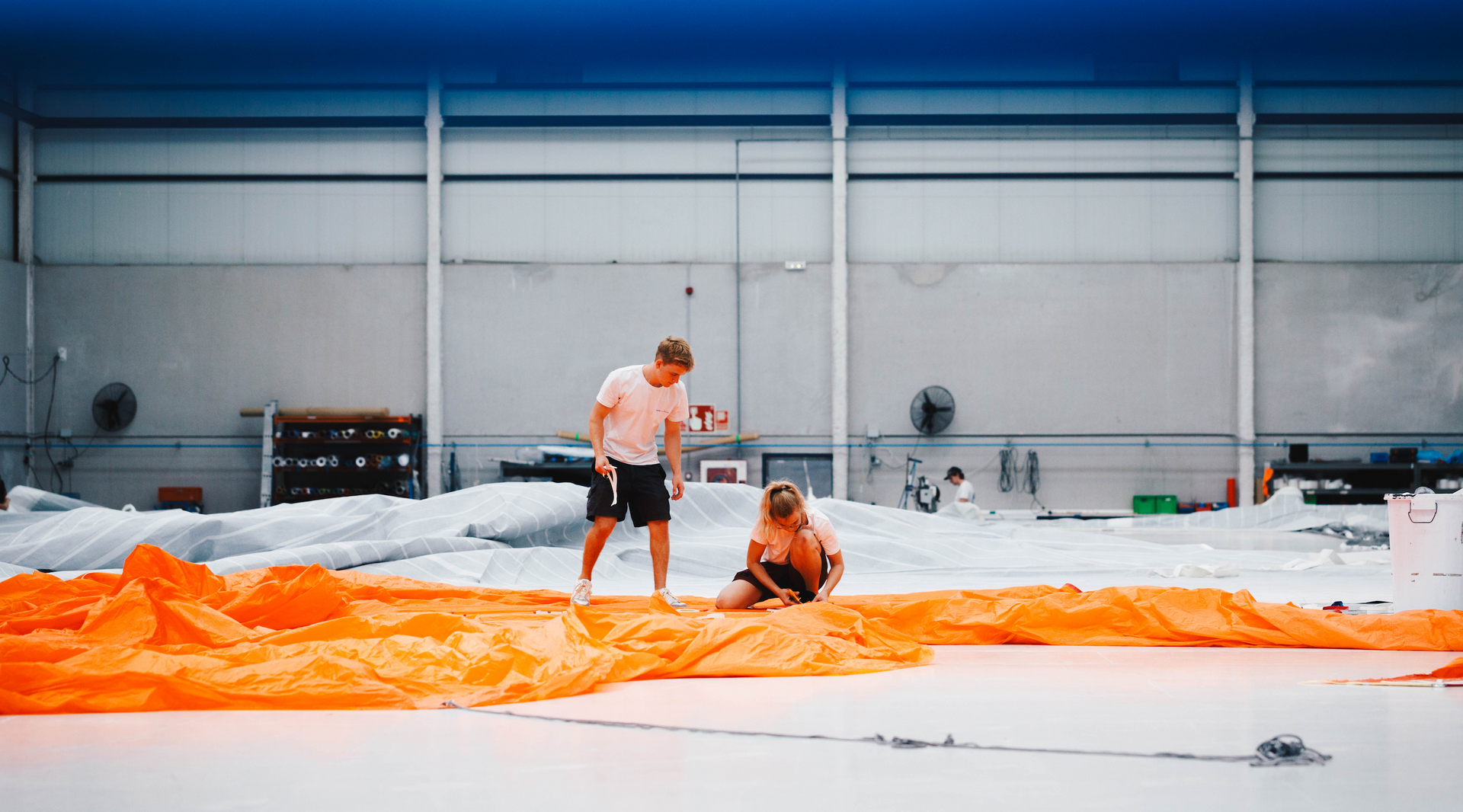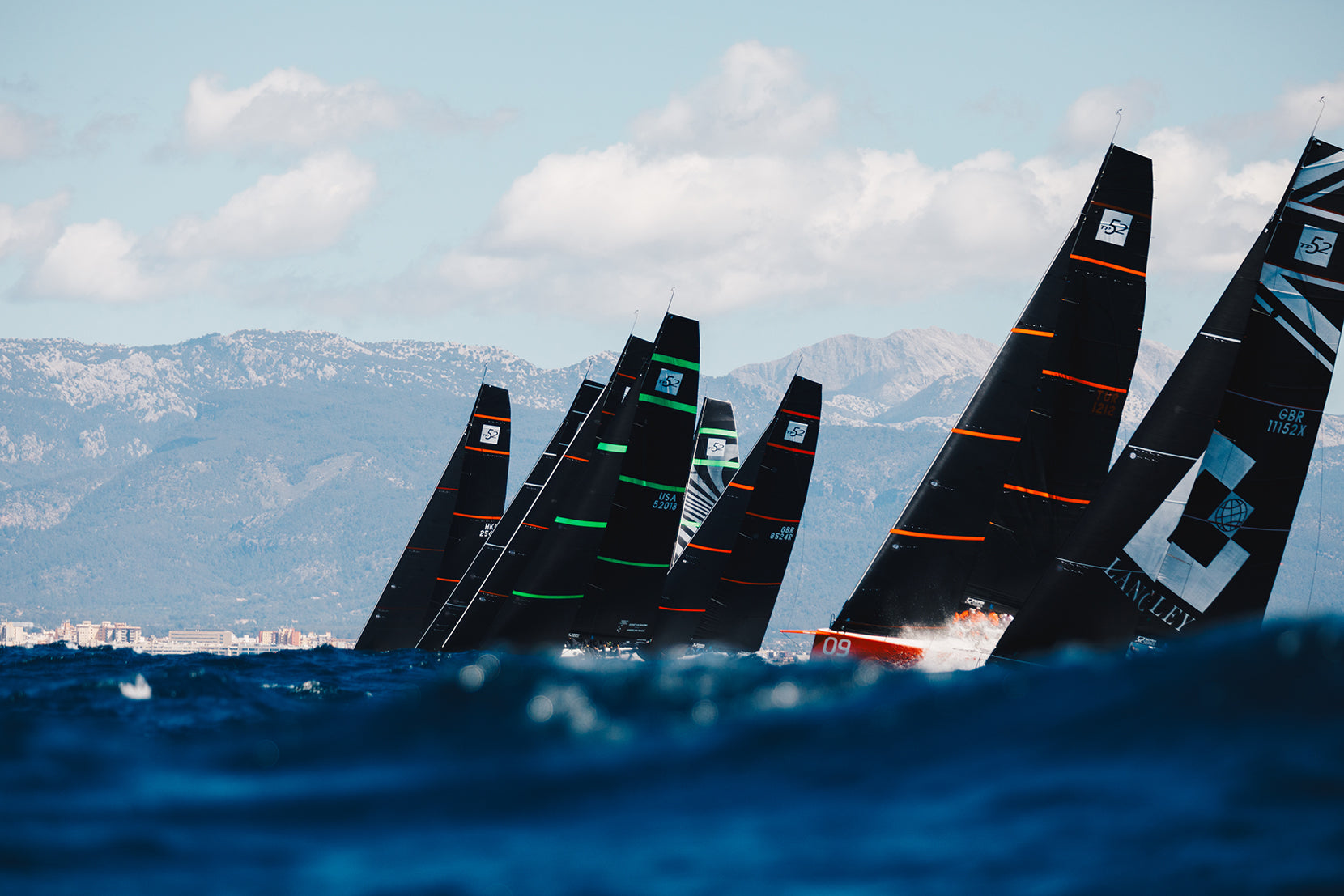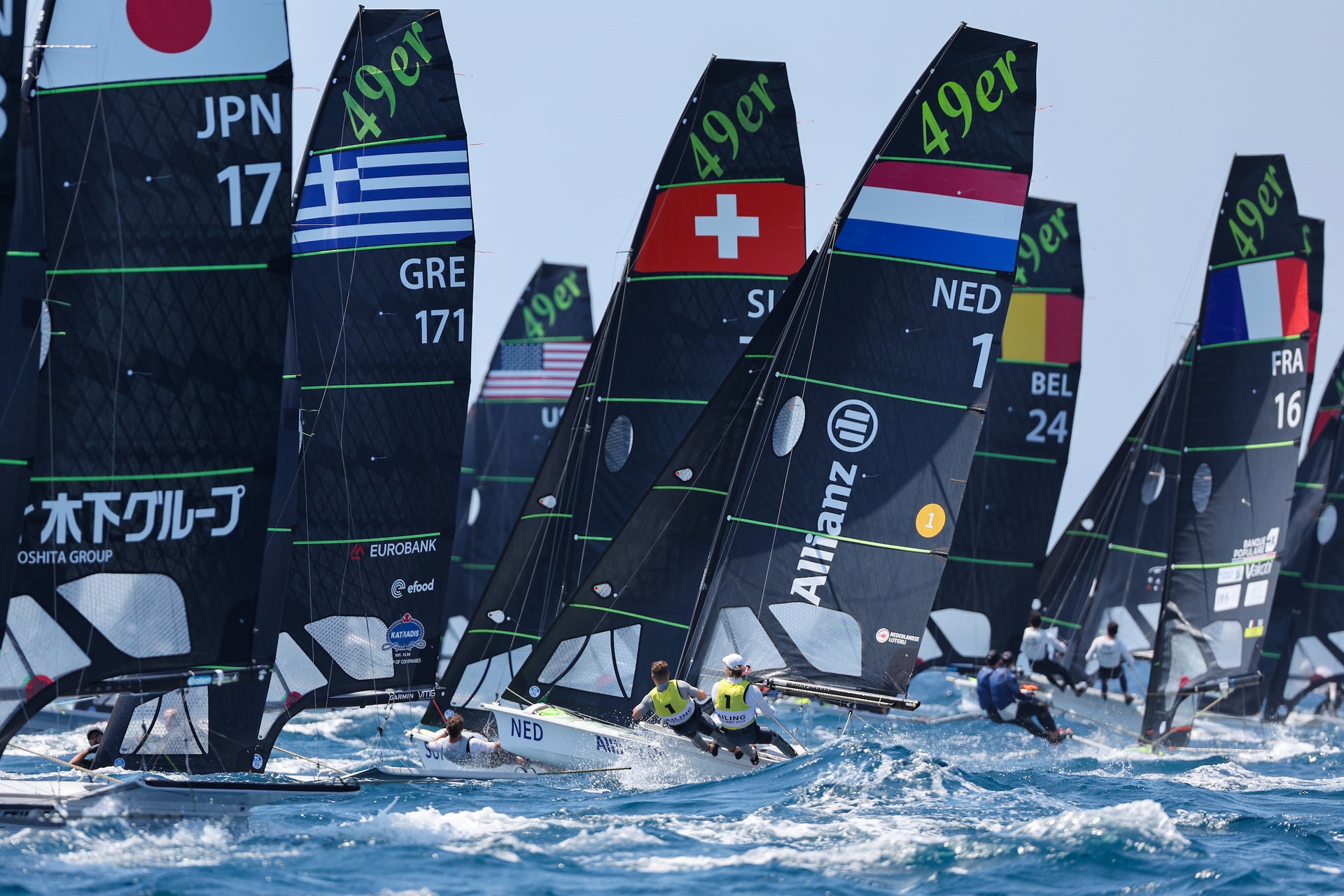HELIX
HELIX
Versatility, Self Supporting, Forward Projecting

Helix Load Sharing Technology is a North Sails exclusive sail structure and shaping solution. Helix sails are more versatile, self supporting, forward projecting, and are engineered to furl using the sail’s composite structure and not heavy, expensive torque cable.
North Sails Design and Development teams have worked closely with top racing programs around the globe to apply our unique design and manufacturing capabilities to the inherent problems when combining free-flying reaching sails with furling. In the past, these sails required tight, straight, heavy and highly loaded cables to provide furling functionality. These cables prohibit optimal flying shape which Helix Load Sharing technology now resolves.
Torsional resistance and vertical luff load capacity are now a direct part of the sail structure, providing better aerodynamic flying shape while still accommodating the tension and torsional loads required for furling.
Furling a free-flying sail is nothing new, either with or without a luff cable. Code Zero’s first gained prominence during the 1997-98 Whitbread Race where the sail luff was reinforced to support high furling loads but the sails were difficult to trim and handle. Since that time, a wide range of furlers and furling cables have been developed – all attempting to improve Code Sail furling performance. The result has been highly efficient furling systems and anti-torque cables, but the problem of optimal flying shape has remained.
More recently, Load Sharing Technology has evolved which re-distributes the luff loads into the sail membrane. Most notably, in 2013 ORACLE TEAM USA and Emirates Team New Zealand AC72 America’s Cup catamarans, used North headsails that took on a portion of the headstay load reducing overall rig loads and providing a better flying shape with less sag. Helix was being born.

While Helix is offered in both Paneled and 3Di construction, 3Di molded composite sails are particularly well suited to this application. Precise spread filament tape vectors are placed along the load bearing luff catenaries in variable densities creating unique-to-North, lightweight free-flying furling sails.
At this stage in development, Helix sails bridge the gap between headsails and spinnakers. When looking at specific examples, the Helix makes Code Sails faster and more stable – across a wider range of wind angles.
Helix sail shaping is different than a cabled sail. Helix Sails tend to flatten, project the luff and provide a wider entry angle, requiring specialized design molds. Cabled sails tend to hang off the cable when tightened adding unneeded luff curvature. Helix is a standard feature on 3Di Downwind and Panel Code Zeros. Helix is optional on many additional 3Di Code and specialty reaching sails.
Helix Code sails bridge the gap between headsails and spinnakers. The increased luff projection from Helix makes Code Sails faster and more stable – across a wider range of wind angles. Helix is a standard feature on 3Di Downwind and Panel Code Zeros. Helix is optional on some additional 3Di Code and specialty reaching sails.




























